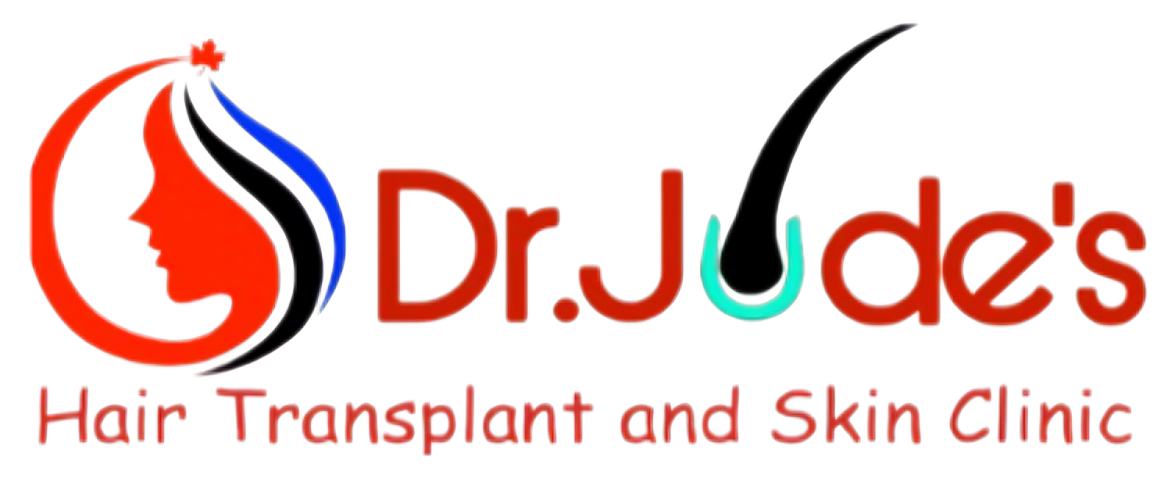Awareness about skin care has increased exponentially in the past few years. This is by and large due to the explosion of skin care products in the market and their advertisements in social media. Everyday there is a new product in the market driven by innovations in the billion-dollar skin care industry. With thousands of products to choose from, it is important to analyze and understand their components to help us make informed choices. The same holds true for sunscreens. There is a lot of jargon associated with sunscreens and in this blog, we will try to decipher some of them.
Sunscreen:
A sunscreen in a formulation (mostly topical) that protects the skin from the effects of ultraviolet (UV)/ visible/ infrared light. Although traditional belief was that only UV light was responsible for the undesirable effects such as ageing, skin darkening (primarily UVA) and sun burns (primarily UVB), recent studies have shown that even visible and infrared light have deleterious effects on skin.
Sun Protection Factor (SPF):

SPF refers to the degree of protection provided by a sunscreen against UVB light. Most sunscreens have an SFP of 15 or above. It is to be noted that SPF15 offers 93% and SPF30 offers around 97% protection. Hence any SPF above 30 does not offer a remarkably higher protection compared to SPF30, if applied properly.
Protection Grade of UVA (PA) Factor:
PA represents the protection offered by a sunscreen against UVA light. It ranges from (+) to (++++) indicating the degree of protection against UVA induced skin colour darkening.
UVA star rating:
The Star rating indicates the relative UVA protection compared to UVB protection of a given sunscreen. The grading ranges from (*) to (*****). A higher Star rating could indicate either a superior UVA protection or an inferior UVB protection. Hence, it is desirable to choose a sunscreen with both higher Star and SPF ratings to ensure adequate protection against both UVB and UVA.
Physical/ mineral/ inorganic sunscreens:

These sunscreens contain filters that primarily reflect back light. Common ingredients include zinc oxide and titanium dioxide, which owing to their large molecular size, do not react with the skin. Hence these are suitable for those who suffer from allergies to organic sunscreens. They can also be used in pregnant and lactating mothers and children above 6 months of age. Due to their light reflecting property, they can leave a white cast when applied.
Chemical/ organic sunscreens:
These sunscreens contain filters that primarily absorb and neutralize UV light. Because of their organic nature, they can sometimes react with the skin and cause allergies. These do not leave a white cast when applied. It should be noted that most sunscreens nowadays contain a mixture of both organic and inorganic filters.
Broad-spectrum sunscreen:
The term has been used to describe a sunscreen that offers both UVA and UVB protection, but has been expanded to include visible and infrared light as well.
Vehicle/ base:

This refers to the formulation of a sunscreen i.e. whether it’s a gel/ lotion/ cream. Gels and lotions are preferred in oily to normal skin types, humid weather conditions and for larger body areas owing to their easy spreadability. Creams are preferred in winters and in those with dry and sensitive skin.
Tinted sunscreen:
These are usually mineral sunscreens that contain added pigments that provide a sheer tint, matching your skin tone. These are especially useful for those with hyperpigmentation.
Water-resistant sunscreen:
A water-resistant sunscreen typically gives protection for 40 minutes in water. A Very Water-resistant sunscreen offers protection till 80 minutes.
So next time you choose a sunscreen, you know what to look for.
But how do you apply your sunscreen? How much and how frequently? These and much more will be covered in the next blog. Stay tuned!





